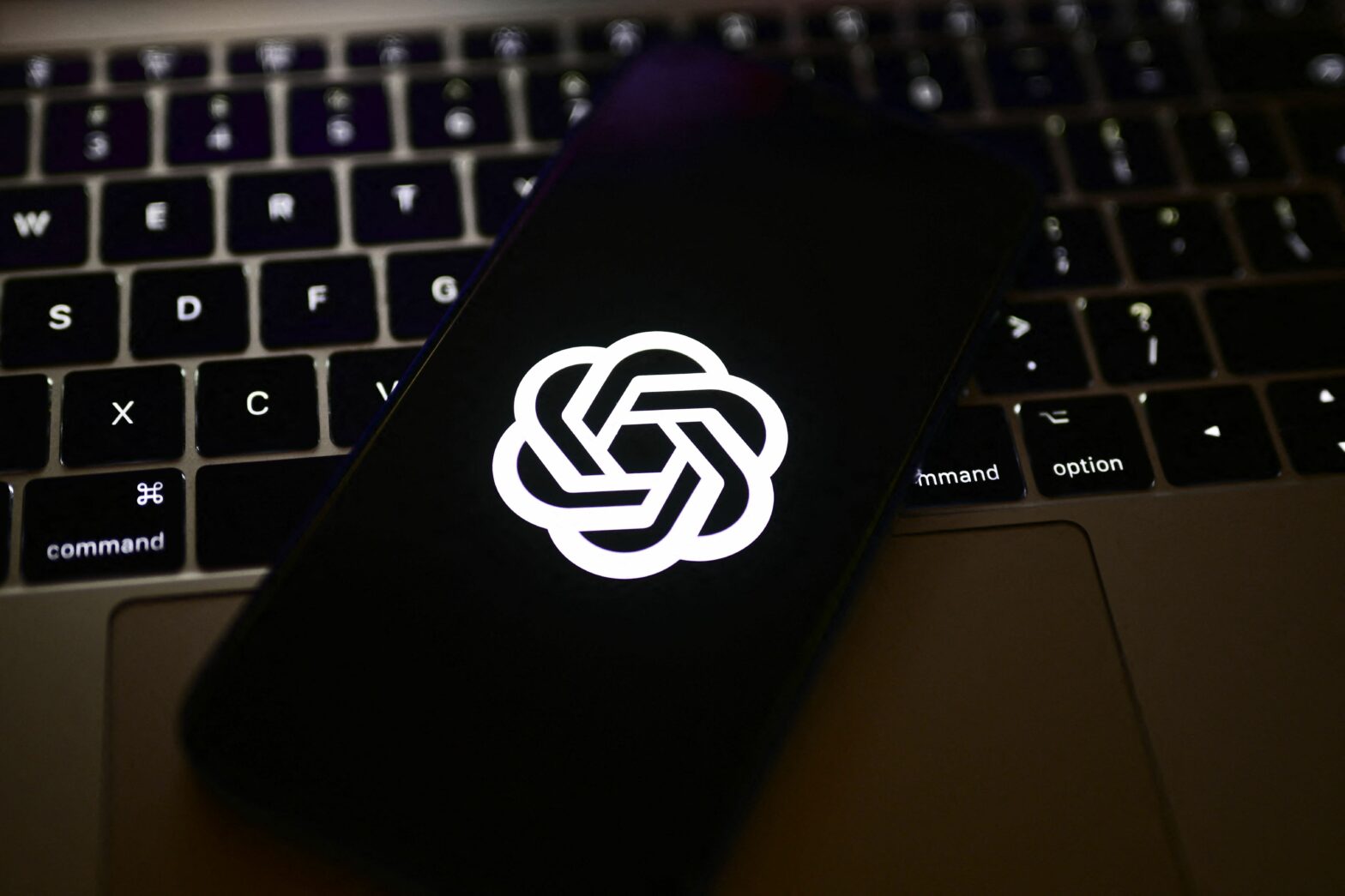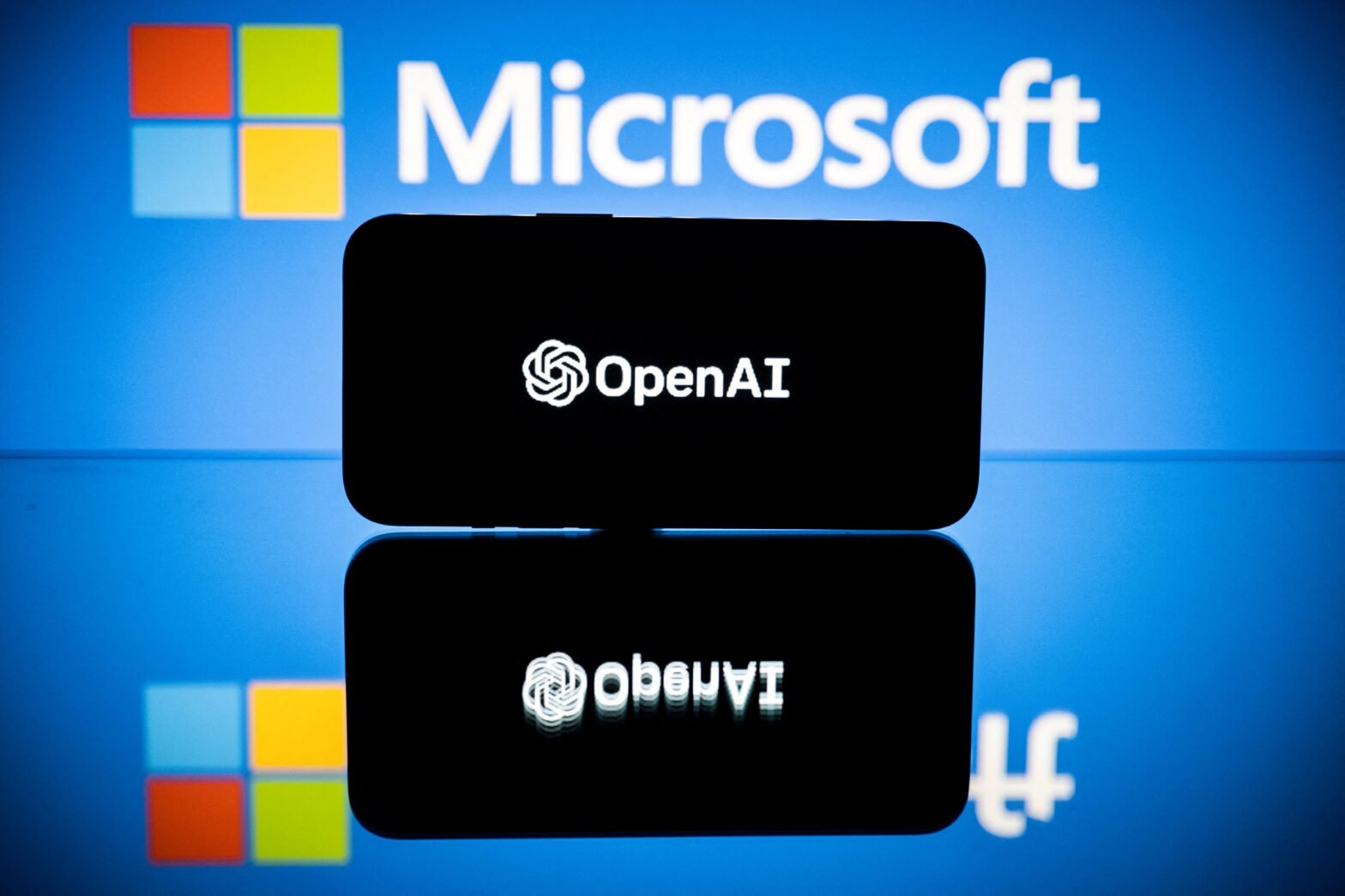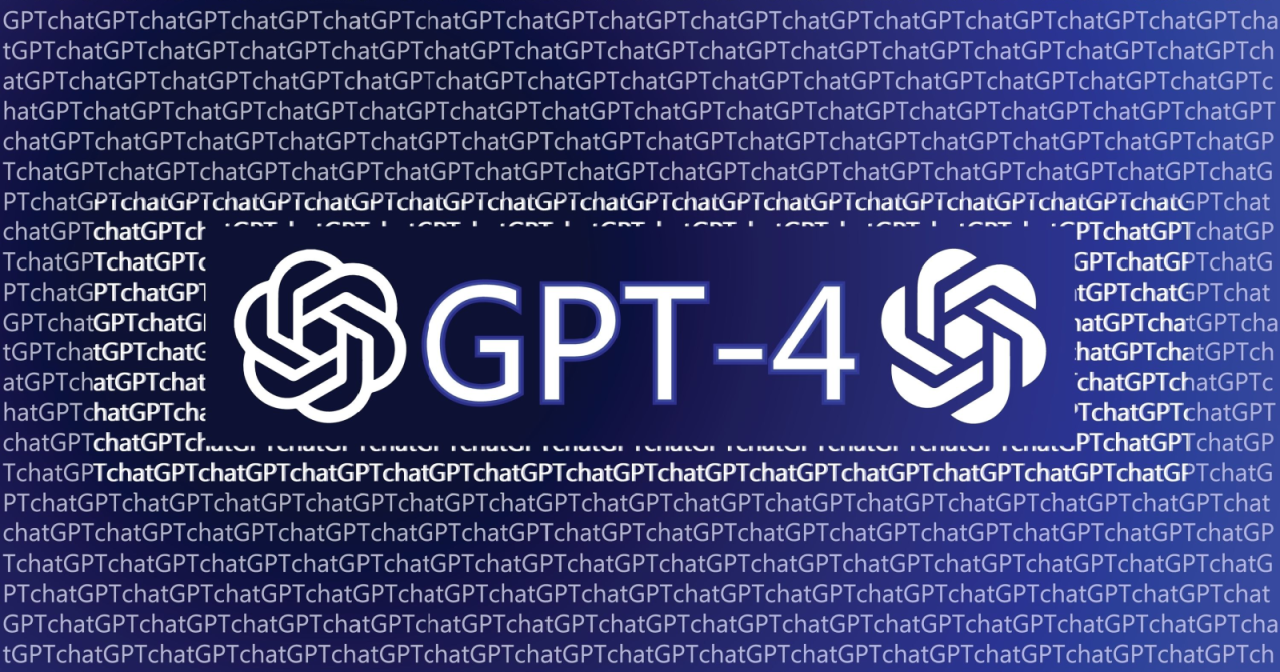The Retirement of Older Models: OpenAI’s Strategic Move with GPT-4

The Retirement of Older Models: OpenAI’s Strategic Move with GPT-4
Developers of the current OpenAI API will now have access to GPT-4.
Today, OpenAI announced that the GPT-4 text-generating model is generally available through its API. All current OpenAI API programmers “with a history of successful payments” will get access to GPT-4. The company wants to give new developers access by the end of this month. Following that, limits on availability will start to tighten up “depending on computing availability.”
OpenAI has once again pushed the boundaries of artificial intelligence with the release of its latest language model, GPT-4. As this next-gen AI platform becomes generally available, several older models will be retired, a necessary move that emphasizes the progress made in AI research and development.
Since March, “millions of developers have requested access to the GPT-4 API, and the range of innovative products leveraging GPT-4 is growing every day,” according to a blog post by OpenAI. We envision a time when chat-based models support any use case.

In contrast to the previous version of GPT-3.5, which only accepted text, GPT-4 performs at the “human level” on a range of professional and academic benchmarks and can create text (including code) and take both text and picture inputs. GPT-4 was trained using publicly available and licenced data by OpenAI, just as prior GPT models from the company.
The image-understanding function is presently only available to some OpenAI clients. OpenAI is now testing it just with Be My Eyes as a partner. It hasn’t specified a date for when it will make it accessible to a more extensive user base, though.
GPT-4 is the successor to GPT-3, a highly-regarded model that astonished the world with its human-like text generation capabilities. GPT-4 carries forward this legacy, boasting even more powerful and accurate language understanding and generation abilities.

GPT-4 continues to use the transformer-based architecture that made its predecessors successful. However, it is trained with more data and has a larger model size, making it more effective at understanding context and generating appropriate responses. Furthermore, OpenAI has refined its training methods to mitigate bias and improve the model’s ethical decision-making capacity.
With many parameters, GPT-4 can generate high-quality text that matches the style and tone of the input, develop creative stories, summarize lengthy documents, translate languages, and even code in multiple programming languages. It also shows significant improvements in question-answering, conversational abilities, and zero-shot learning—the ability to generalize tasks without specific training.
It’s vital to remember that GPT-4 could be better, just like even today’s most potent generative AI models aren’t, as stated in a Tech Crunch piece. It occasionally confidently “hallucinates” facts. Additionally, because it needs to learn from its errors, it struggles with challenging tasks like incorporating security flaws in the code it creates.

One of OpenAI’s more current but less powerful text-generating models, which is one of the initial models powering ChatGPT, will ultimately allow developers to fine-tune the model using their data, just like many of OpenAI’s other text-generating models, GPT-4 and GPT-3.5 Turbo. The feature should be accessible later this year, according to OpenAI.
While the advent of GPT-4 marks a significant step forward in AI, it also brings the end of an era for some of OpenAI’s older models. Models such as GPT-2 and its minor variants are scheduled for retirement.
The decision to retire these models isn’t sudden or arbitrary. As technology advances, older systems become less efficient and relevant than their successors. Maintaining legacy systems requires significant resources but can also allow the progress and adoption of newer, more effective technologies.
Retiring older models allows OpenAI to allocate more resources to the support, maintenance, and development of GPT-4. With this, users can concentrate on enhancing the new model’s efficiency, security, and ease of access, allowing them to make the most of the AI.

Furthermore, as part of increased investment in the Chat Completions API and an effort to maximize computational resources, OpenAI will retire some of its older models that utilized the Completions API in six months. Although still functional, this API will now be labelled “legacy” in the developer documentation. The firm does not have any public releases scheduled for new models that use the Completions API; instead, they want to focus future model and product enhancements on the Chat Completions API. After January 4, 2024, older completion models won’t be available.
OpenAI recognizes the importance of a smooth transition for developers and businesses that rely on its models. Therefore, they have announced a reasonable transition period before completely retiring the older models. During this period, OpenAI will continue to provide necessary support and guidelines for migrating from the older models to GPT-4.

It is recommended that developers and businesses start the transition process as soon as possible to take advantage of the improved capabilities of GPT-4 and avoid potential disruptions once the older models are officially retired.
The release of GPT-4 is not just about more computational power or data; it also signifies OpenAI’s commitment to driving AI research while ensuring such technologies’ responsible and ethical use. As they retire older models, OpenAI continues to promote transparency, opening up the possibility for a more nuanced understanding of AI technology’s strengths, weaknesses, and implications.
The GPT-4 of ChatGPT used to have a feature named “browse with Bing.” The AI chatbot may now react to inquiries and enquiries that were made after September 2021, thanks to this functionality. However, the business decided to discontinue the function.

Browse with Bing was deactivated because the function was prone to producing error codes and warnings. Additionally, it occasionally had trouble reading any website’s complete content and could not read embedded documents like PDFs. Through a blog post, ChatGPT promised users that the function is under development and will be available soon, but there is still much mystery around it.
As we bid farewell to some of OpenAI’s older models, the artificial intelligence community eagerly looks forward to the possibilities that GPT-4 brings. This next-gen AI model is poised to revolutionize multiple sectors, from education and healthcare to entertainment and customer service, marking yet another exciting chapter in AI’s ongoing evolution.





